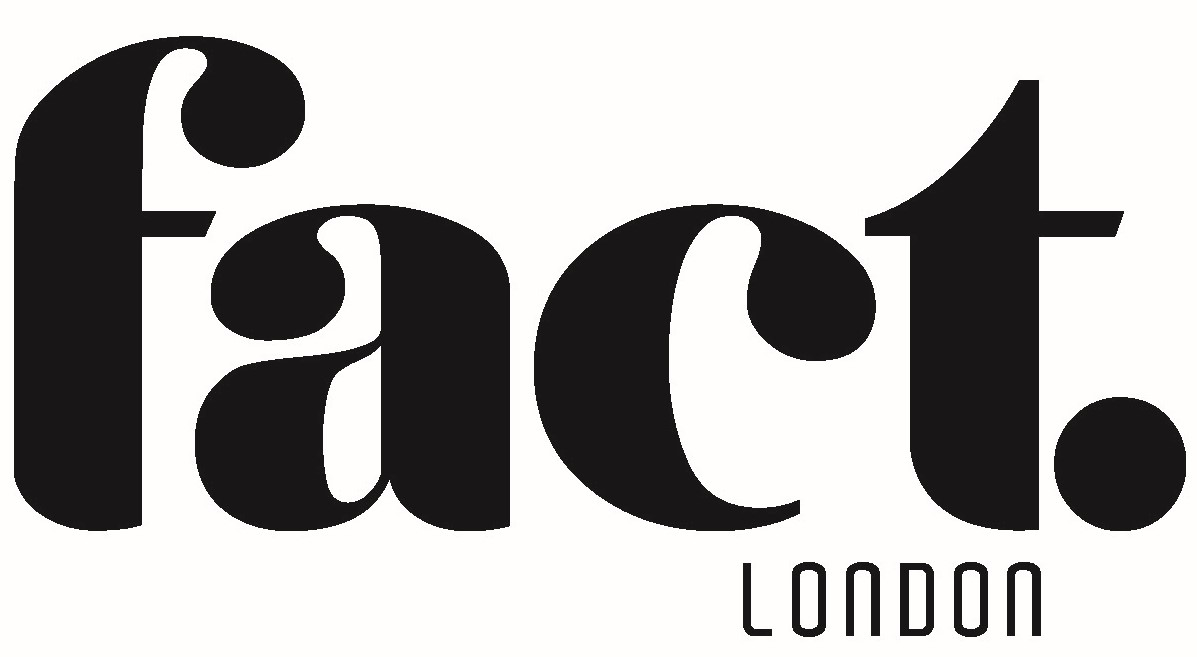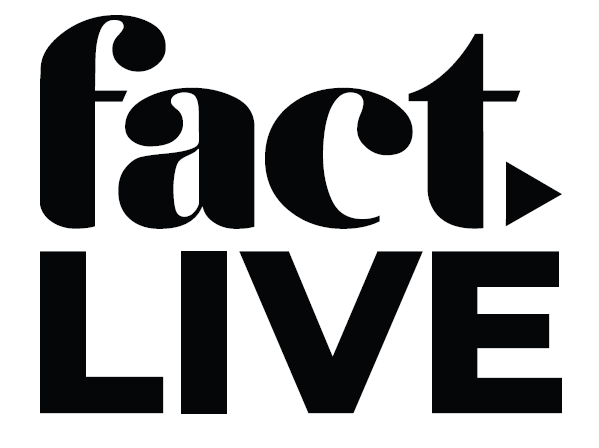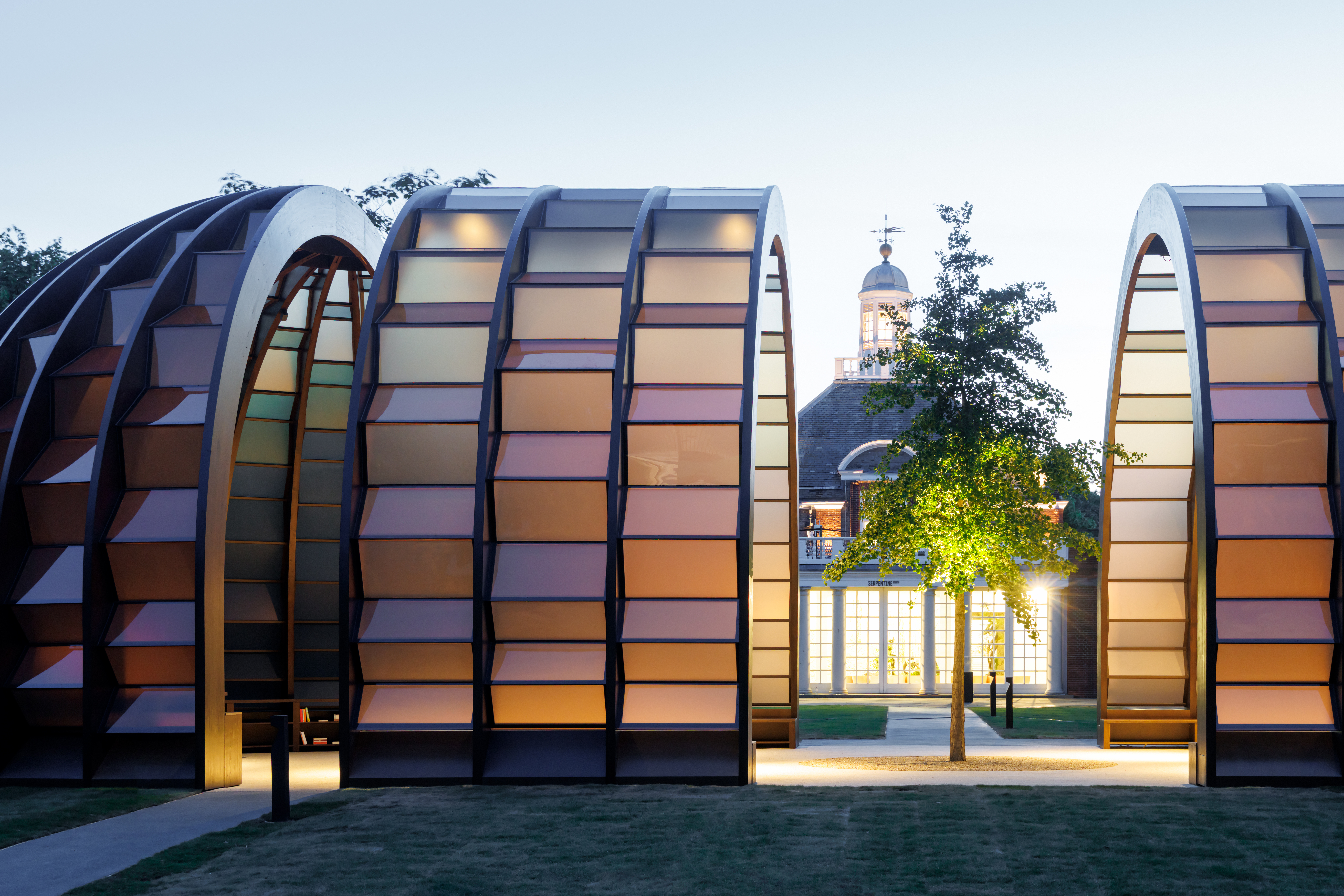Experience the Bengal Delta in Marina Tabassum’s A Capsule in Time.
The Serpentine Pavilion has made its mark in the cultural calendar. Launching in 2000, an architectural design is erected each year next to the Serpentine Galleries in Hyde Park, London. Previous pavilions were designed by Zaha Hadid, Lina Ghotmeh, Theaster Gates, and Junya Ishigami. Now, the Serpentine Pavilion 2025 has been designed by the Bangladeshi architect, Marina Tabassum, and FACT attended the preview.
Despite visiting on a gloomy and rainy day, we could still feel its cultural significance even without the desired sunny backdrop. The structure itself allows one to sit quietly and reflect in peace, surrounded by the sounds of the wind and dapples of light.
Renowned for creating works that are both contemporary and connected to culture, Marina Tabassum and her Dhaka-based firm’s projects are environmentally, politically and socially aware. Its work spans housing, community centres and refugee camps to mosques and museums.
Concept
Tabassum’s A Capsule in Time reflects on the long-contested relationship between architecture and time. It does this by creating a conversation between the permanent and transient nature of her commission. The Pavilion is inspired by the Bengal Delta – the terrain found in the Indian subcontinent, where land and water are in constant motion. Typically, architecture in the region is designed to be adaptable to extreme weather conditions. The structure embodies the concept of impermanence, as it will still exist online and in the memories of those who visited it, even after it is taken down. As Tabassum says: “Architecture becomes memories of lived spaces.”

Kinetic element
The Pavilion features an elongated capsule form with a central courtyard space that is aligned with the Serpentine’s South Bell Tower. The shape was inspired by the arched garden canopies of Kensington Gardens that let daylight seep in through the garden’s gorgeous greenery. The structure is composed of four wooden sculptural forms featuring translucent panels that allow daylight to enter the area. The kinetic element enables one of the sculptural forms to move, thereby altering the space to a new alignment.
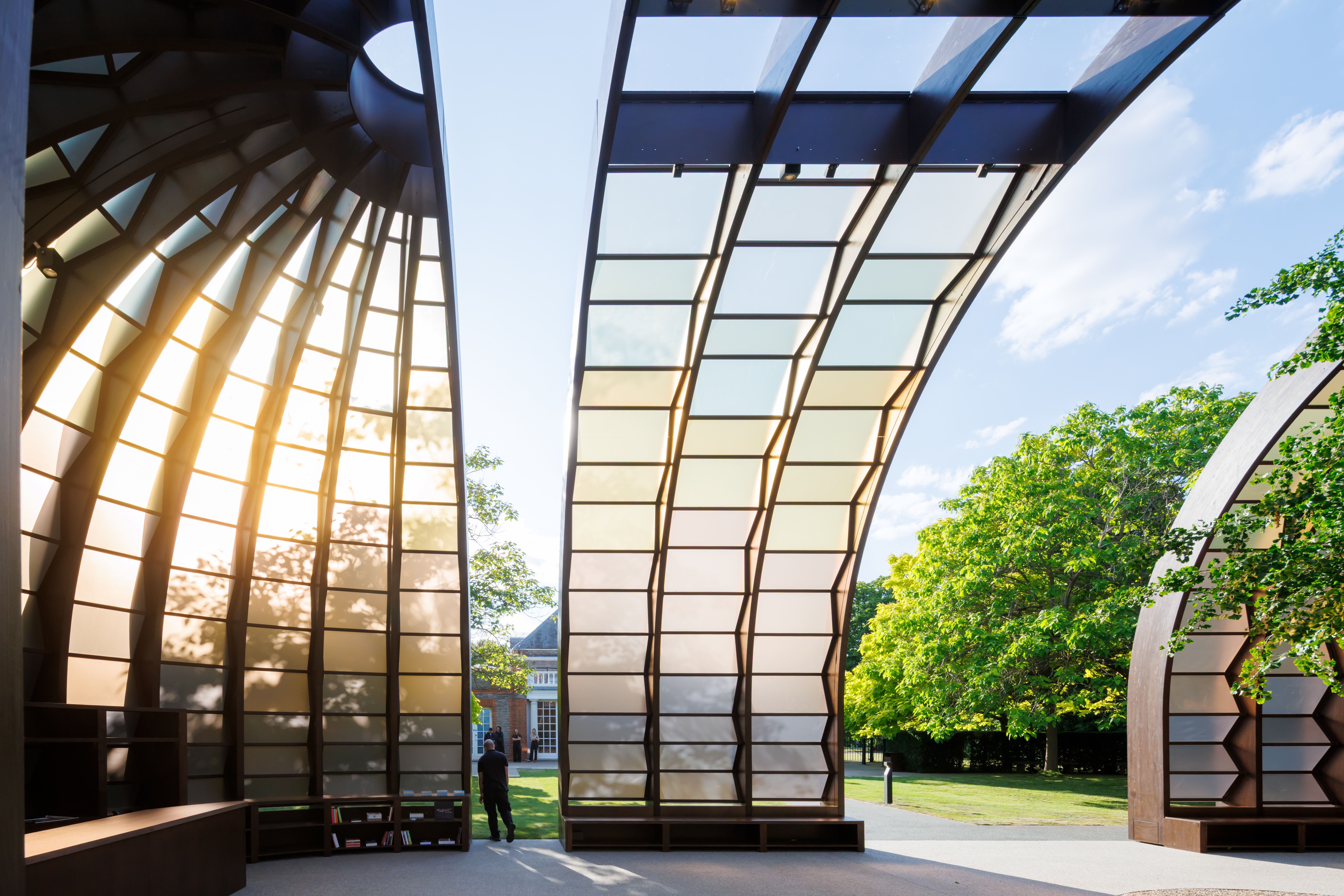
Materials
The Pavilion is built entirely from wood, the first of its kind in Tabassum’s portfolio. Her design aims to highlight the sensory qualities of architecture through the use of scale and materials. She draws inspiration from the history and architectural tradition of Shamiyana tents and awnings found in South Asia. Also kinetic in their function, such structures are supported by bamboo poles and built for outdoor gatherings, similar to the Pavilion’s purpose.
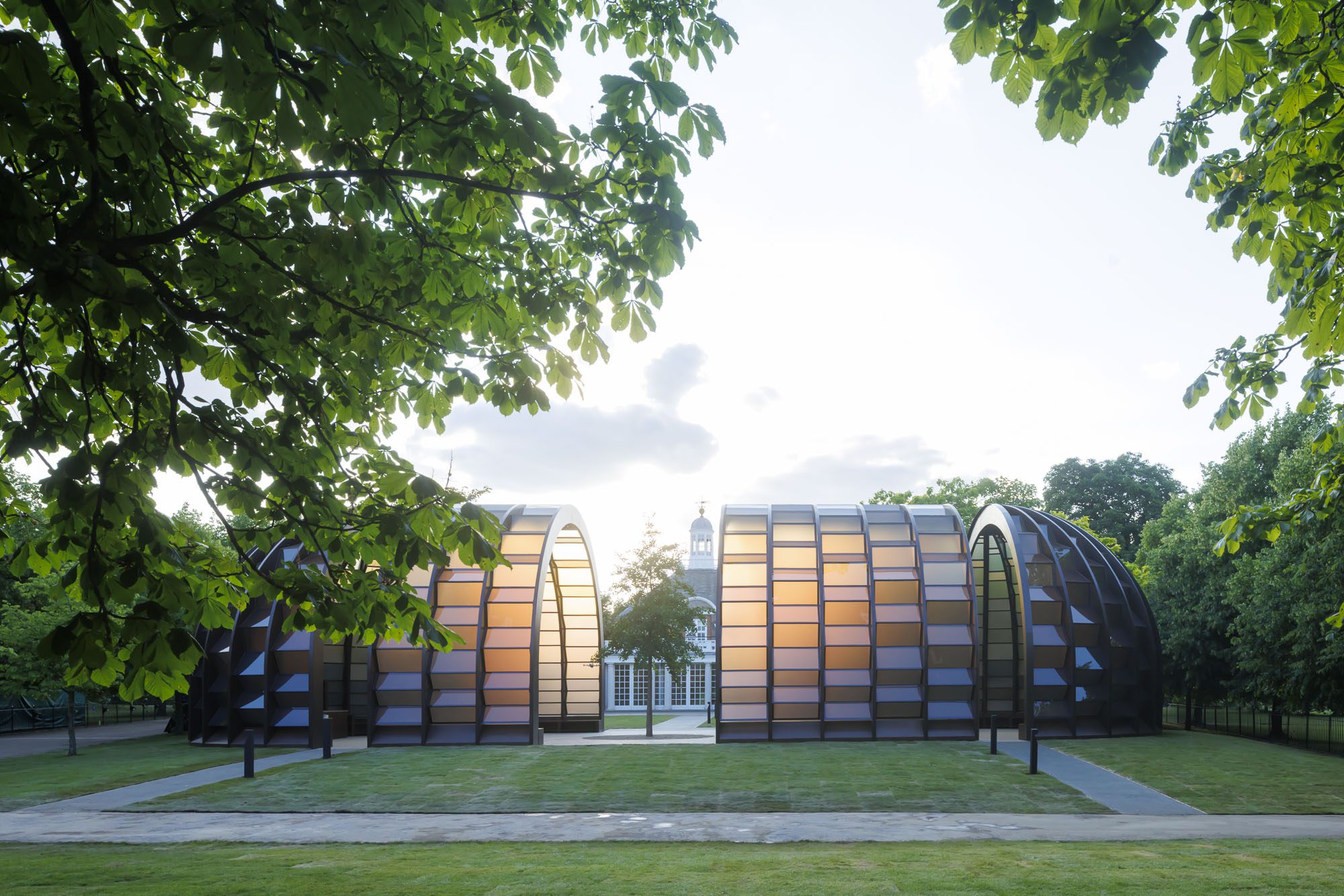
Ginkgo Tree
The Pavilion is built around a semi-mature Ginkgo tree, which invites the outer park inside, to create an increased sense of calm and sensitivity. This flow allows visitors to gather inside the space, converse and engage with one another and the area itself. Once the Pavilion is disassembled, the tree will be replanted in the park to continue its life and bring its beauty to the space.
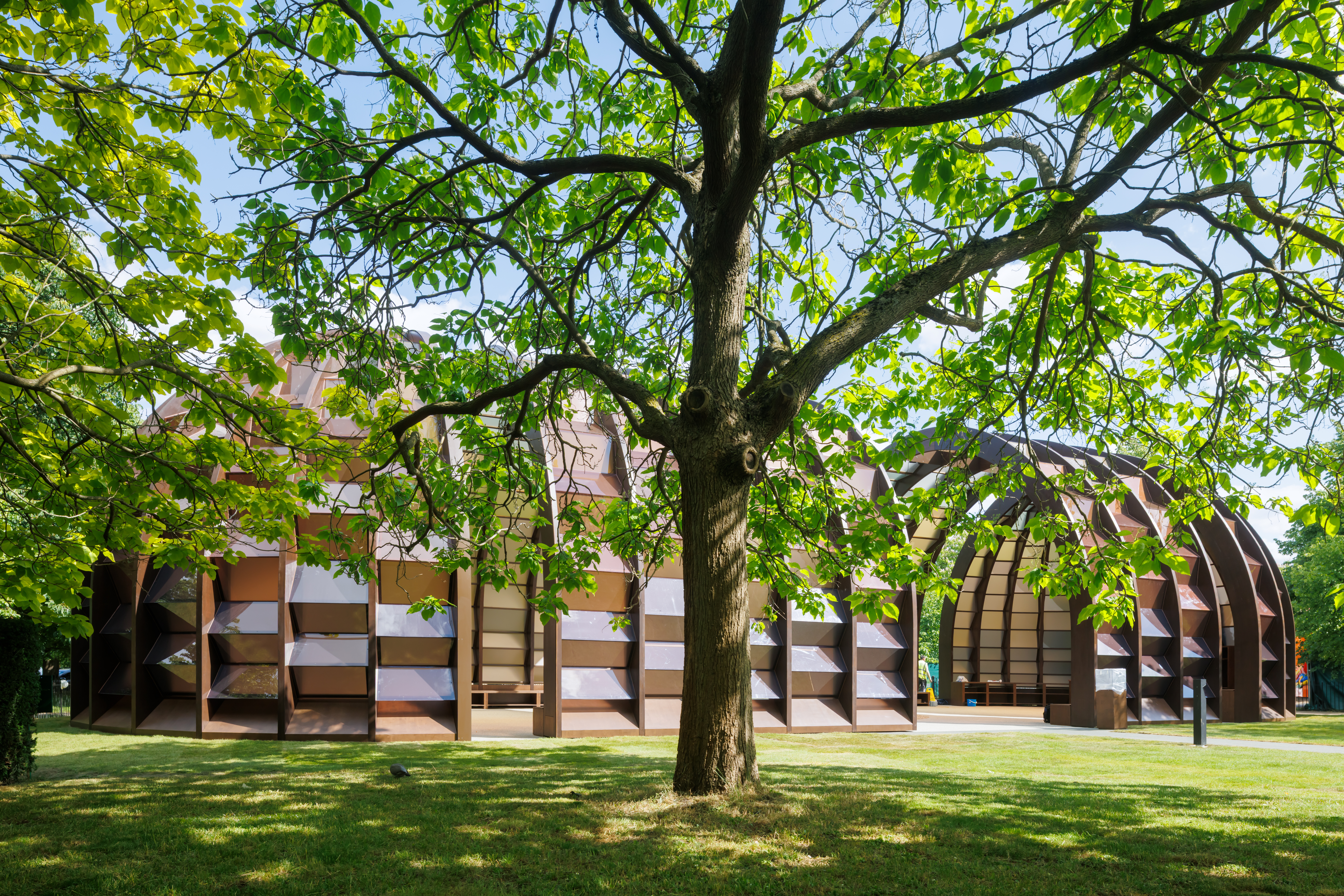
Collection of Books
Tabassum’s vision for the Pavilion is for it to be a shared space for discussion, connection and education. In response to the growing censorship in global media and the threats of AI and fake news, Tabassum has created a corner within the Pavilion that allows visitors to return to basics. Books celebrating Bengali culture, literature, poetry, politics and more are displayed for visitors to explore, all personally selected by Tabassum and her studio.

The Serpentine Pavilion is open to the public from 6 June to 26 October 2025.
GO: Visit https://www.serpentinegalleries.org for more information.
